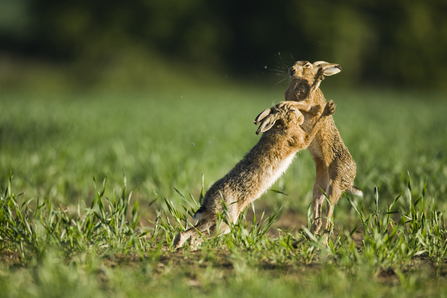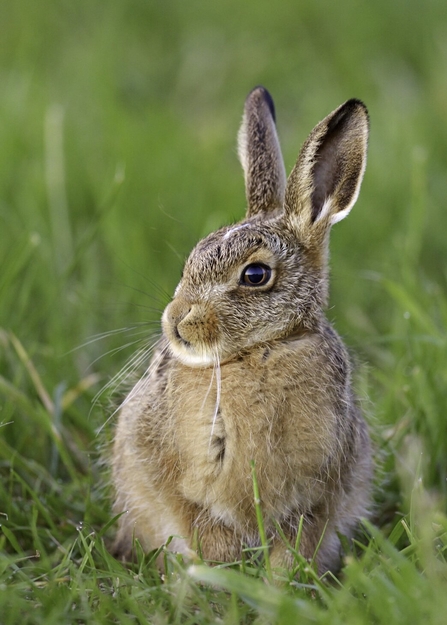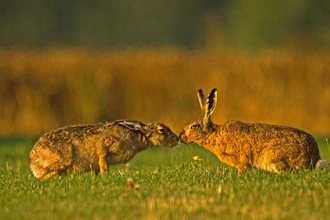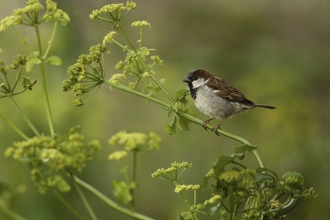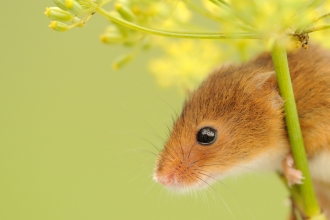Last February I was taking my neighbour's dog for a wander down our road. There's a large arable field alongside the road and I was scanning the field as winter thrushes were bouncing from hedges onto the ground, looking for food. There was a large clod of earth in the middle of the field that just didn't look quite right. The field was quite flat with the green of a crop poking through. Why was there a large clod of earth when everything else was small? Then it moved. I'd spotted a hare. In a field on my road. Actually, there were two, sitting together. I couldn't wait to return with a camera!
As well as being a favourite of mine, hares have been important to many cultures around the world for a very long time – from the Hare in the Moon of Chinese mythology to the Egyptian hieroglyph for ‘existence’. Keep your eyes peeled at this time of year and you may be lucky to catch more than a fleeting glimpse; you may spot them ‘boxing’.


